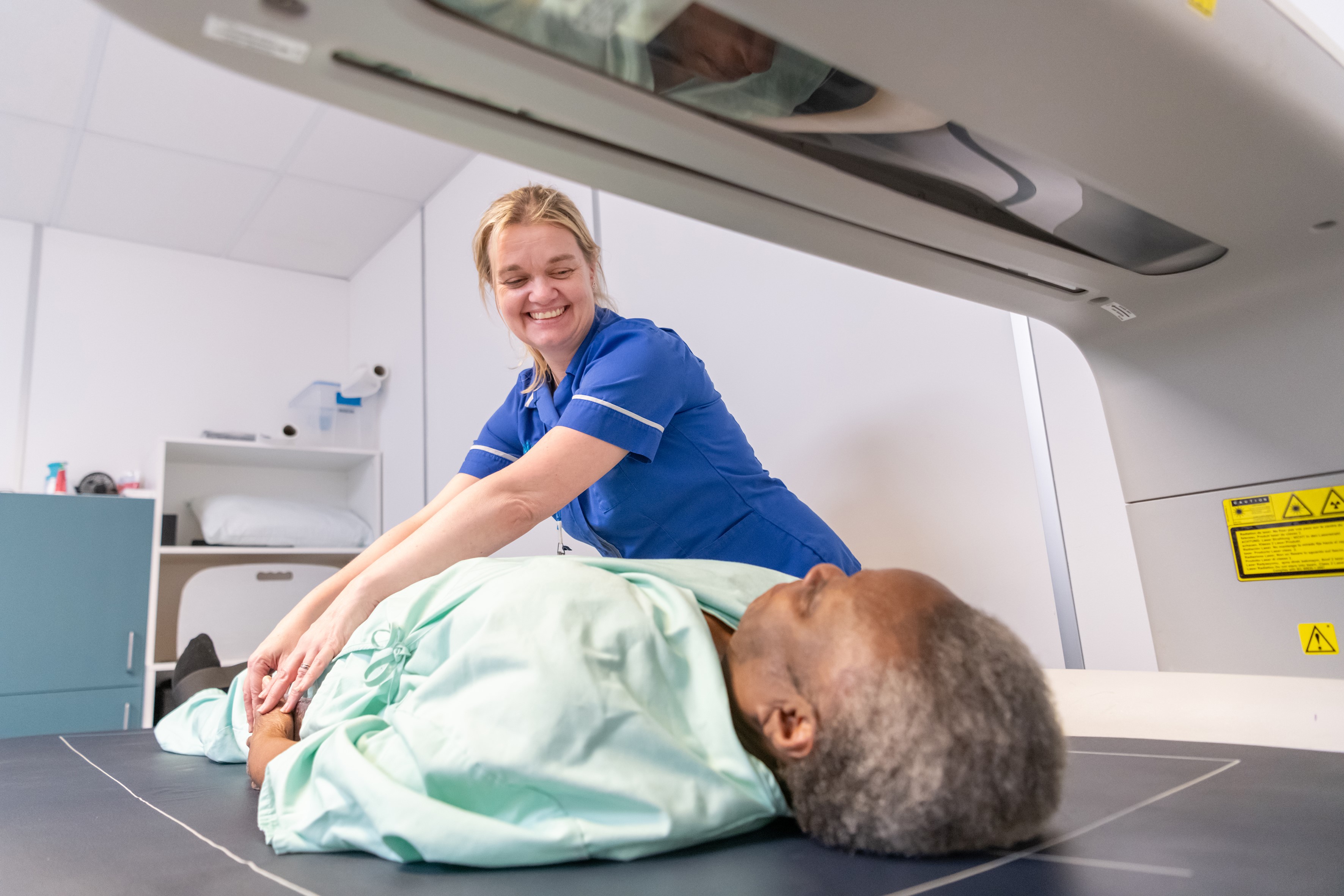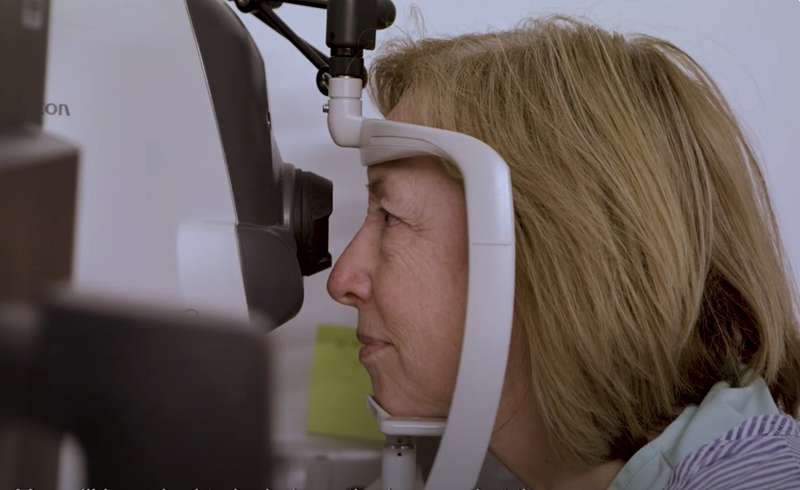
Imaging study updates
The UK Biobank imaging project is collecting scans of the brains, hearts, abdomens, and bones of up to 100,000 of our volunteers.
Now, 60,000 of you are returning for a second set of scans as part of our repeat imaging project.
This means that scientists can compare your first set of scans with your second. In doing so, they can understand how changes to the shapes, sizes, and appearances of your organs link to diseases like dementia, heart disease, and cancer. Alongside the other data you have so generously shared, these imaging data will greatly enhance our understanding of how diseases of mid-to-later life develop.
UK Biobank’s imaging project is the result of a collaboration between the government-funded Medical Research Council (MRC), Wellcome, the British Heart Foundation (BHF), and Dementias Platform UK. Additional funding to re-scan 60,000 participants is being provided by the Medical Research Council (MRC), the company Calico, and the philanthropic Chan Zuckerberg Initiative (CZI).
If you would like to attend your first or second imaging visit, please call the Participant Resource Centre on 0800 0 276 276.
85,000 participants imaged so far!
Brains, hearts, bones, and more: how your part in UK Biobank's imaging project is transforming health research

MRI scan of brain from UK Biobank participant
Revealing the impact of COVID-19 on the brain
The body scan images from UK Biobank participants before and after COVID-19 infection have been used to reveal the impact of the virus on our organs. They found that even mild infection with the virus that causes COVID-19 (SARS-CoV-2) results in physical changes to the brain - such as tissue damage and greater shrinkage in brain areas related to smell. This study highlights the benefits of repeat imaging, enabling researchers to analyse scans from the same participant and see what’s changed over time.

UK Biobank participant undergoing a DEXA scan
Screening for hip osteoarthritis
Bone density scans, known as DEXA scans, are usually used to diagnose osteoporosis. However, research has shown that they can also accurately identify the presence – and severity of – osteoarthritis of the hip. Higher grades of osteoarthritis were linked to greater hip pain and likelihood of replacement, showing the potential for these types of scans to be used in clinical settings to help diagnose hip osteoarthritis.
Understanding the predictors of heart health
This study shows that the layer of fat surrounding the heart can impact its structure and function. Heart images from UK Biobank were used to demonstrate that this surrounding layer of fat, known as pericardial fat, was linked to unhealthy changes in the heart. This was seen in both obese and non-obese people, showing that potentially dangerous fat can lurk within any body size.
Illuminating the impact of diabetes on the heart
A study has revealed that diabetes causes subtle structural changes to the heart. People with diabetes were found to have smaller heart chambers, and thicker left ventricle walls compared with those that didn’t have diabetes. These findings could help to detect heart damage early in people with diabetes to ensure that they are provided timely treatment.
Hear from our global community of researchers
‘The UK Biobank dataset is so unique…we have imaging scans which can give us very detailed descriptions of different organs in the body. This could create a huge opportunity for us to understand the risk factors for diseases.’
Further exciting research using our imaging data

UK Biobank participant having an Optical Coherence Tomography (OCT) scan of the eye
Last updated


